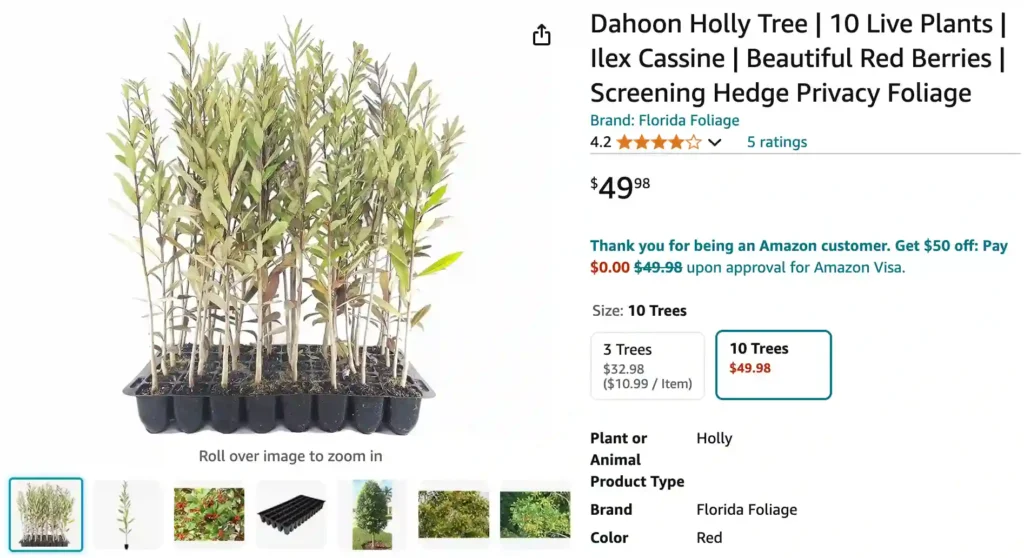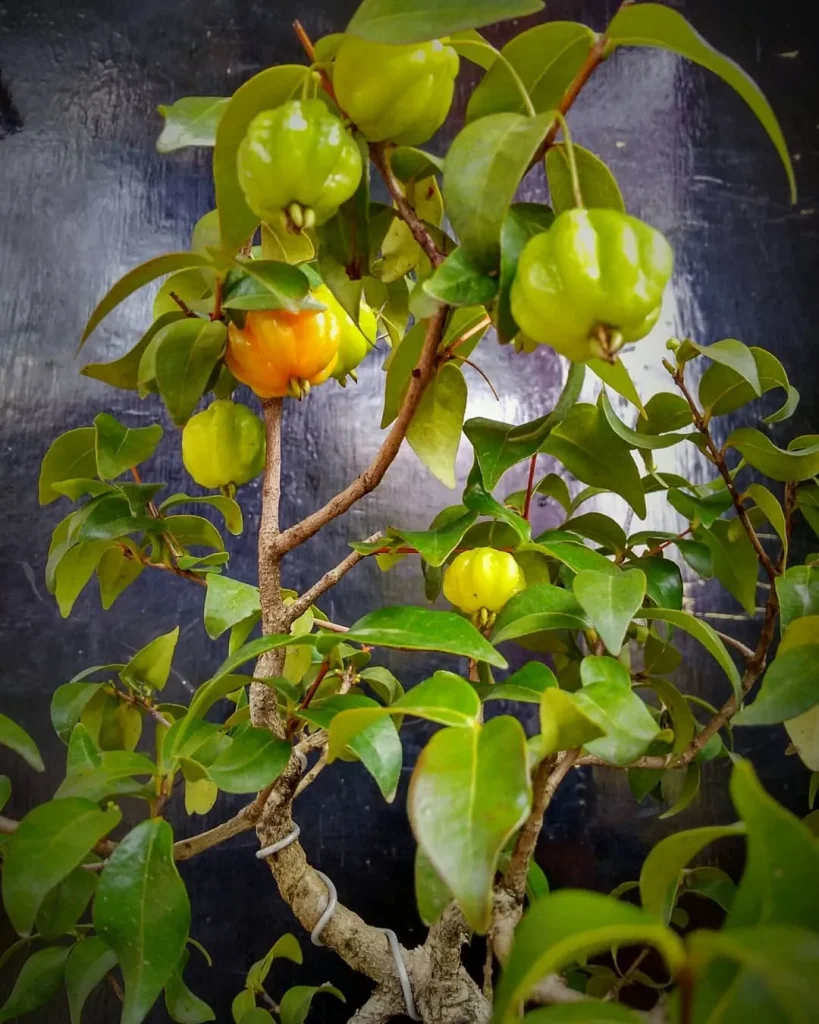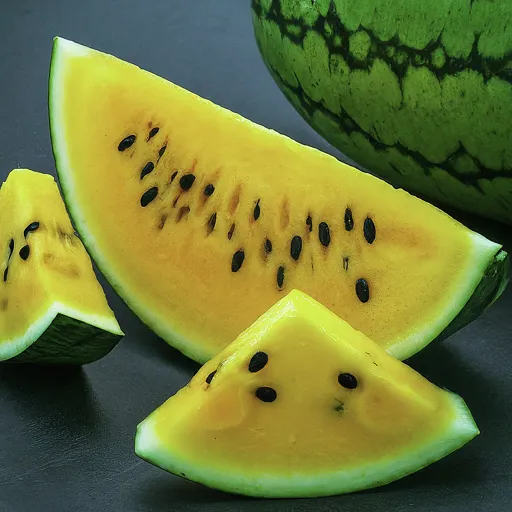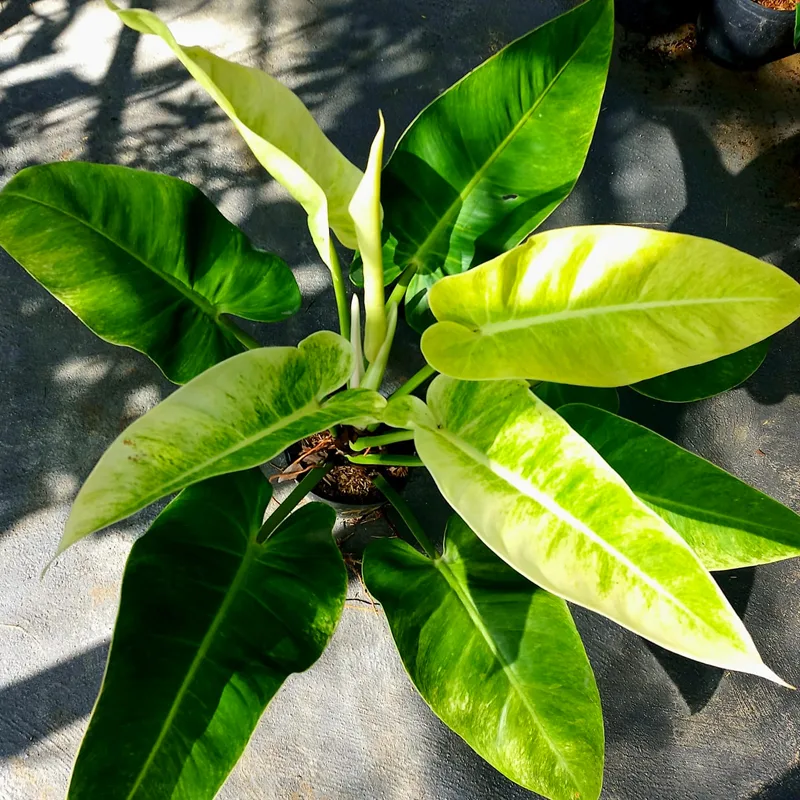
Dahoon Holly: Unveiling the Ilex Cassine
Hi everyone, Ferb Vu here. Today, we’re diving into the world of Ilex cassine, also known as the Dahoon holly. This fascinating plant is a native beauty that graces the southeastern coast of North America and the Caribbean. Whether you’re a seasoned gardener or an enthusiast just starting out, this FAQ will equip you with the knowledge to cultivate and appreciate the Dahoon holly.
Plant Family: Aquifoliaceae – 569 Species in Genus Ilex – Holly Tree
What is Ilex Cassine?
Ilex cassine is a small evergreen tree belonging to the Aquifoliaceae family, the same family as the American holly. Unlike its more prickly cousin, the Dahoon holly boasts glossy, medium-green leaves that lack prominent spines or teeth. It thrives in moist environments, often found along waterways and swamps.
Come fall and winter, the Dahoon holly puts on a delightful display of small, bright red berries. However, there’s a catch: these berries, while attractive, are toxic to humans and animals.
Ilex Cassine vs Ilex Myrtifolia
When I compared Ilex Cassine with Ilex Myrtifolia, I found the Cassine to be a bit more striking in my garden. Its glossy, dark green leaves created a rich backdrop that really stood out. The Myrtifolia, while still attractive, had a more subdued appearance and seemed to blend in more with other plants. I noticed that the Cassine also had a denser growth habit, which provided a fuller look compared to the more open and airy feel of the Myrtifolia. Overall, the Ilex Cassine’s bold presence made it my preference for creating a more defined focal point in my landscape.
How to grow Dahoon Holly?
The Dahoon holly is a relatively easy-going plant when it comes to care. Here’s what it needs to flourish:
- Sunlight: While it tolerates some shade, the Dahoon holly prefers full sun for optimal growth.
- Soil: Moist, well-drained soil is ideal. The plant can handle some clay content but struggles in excessively dry or waterlogged conditions.
- Watering: Regular watering is crucial, especially during its first year of establishment. Once established, it’s moderately drought-tolerant.
- Fertilizer: Light fertilization in early spring can promote healthy growth.
- Pruning: Pruning is optional but can be done to maintain desired size and shape. However, avoid heavy pruning, as it can affect berry production.
Dahoon Holly vs. American Holly
While both belong to the holly family, the Dahoon holly and American holly (Ilex opaca) have distinct characteristics:
- Leaves: Dahoon holly has smooth, oval leaves, while American holly has spiny, serrated leaves.
- Fruit: Dahoon holly produces small, red berries, whereas American holly has larger, bright red berries.
- Habitat: Dahoon holly prefers moist areas, while American holly thrives in drier, well-drained soils.
- Toxicity: Dahoon holly berries are toxic, while American holly berries are safe for birds (but not humans).
Is Dahoon Holly Right for My Landscape?
The Dahoon holly’s adaptability makes it a suitable choice for various landscapes. Here’ when it might be a perfect fit:
- Wet Areas: If you have a damp spot in your garden that struggles to support other plants, the Dahoon holly can thrive there.
- Coastal Gardens: Its moderate salt tolerance makes it a good option for coastal landscapes.
- Wildlife Habitat: The berries attract birds, making it a valuable addition to a wildlife-friendly garden.
- Hedge or Screen: With proper pruning, the Dahoon holly can be shaped into a beautiful hedge or privacy screen.
Important Note: Remember, the berries are toxic. If you have young children or pets, plant it in an area where they won’t be tempted to ingest the berries.
Propagating Dahoon Holly
There are two main ways to propagate the Dahoon holly:
- Seeds: Seeds require stratification (exposure to cold temperatures) to germinate successfully. The process can be lengthy, taking up to a year.
- Cuttings: Semi-hardwood cuttings taken in late summer can be rooted with proper care. This method is generally faster than seed propagation.
Conclusion
The Dahoon holly offers a unique blend of beauty and adaptability. Its glossy foliage, attractive berries (for birds, not us!), and tolerance for moist conditions make it a valuable addition to many landscapes. With proper care, you can cultivate this native gem and enjoy its presence for years to come.
Remember: While the Dahoon holly is a beautiful addition to your garden, keep its berries out of reach of children and pets.
If i die, water my plants!



